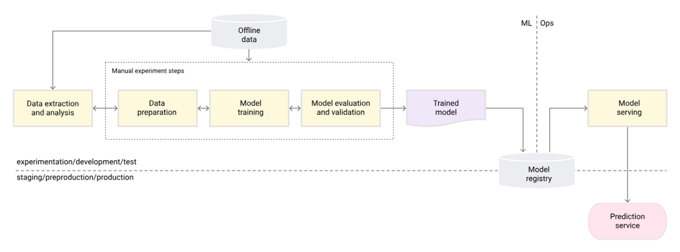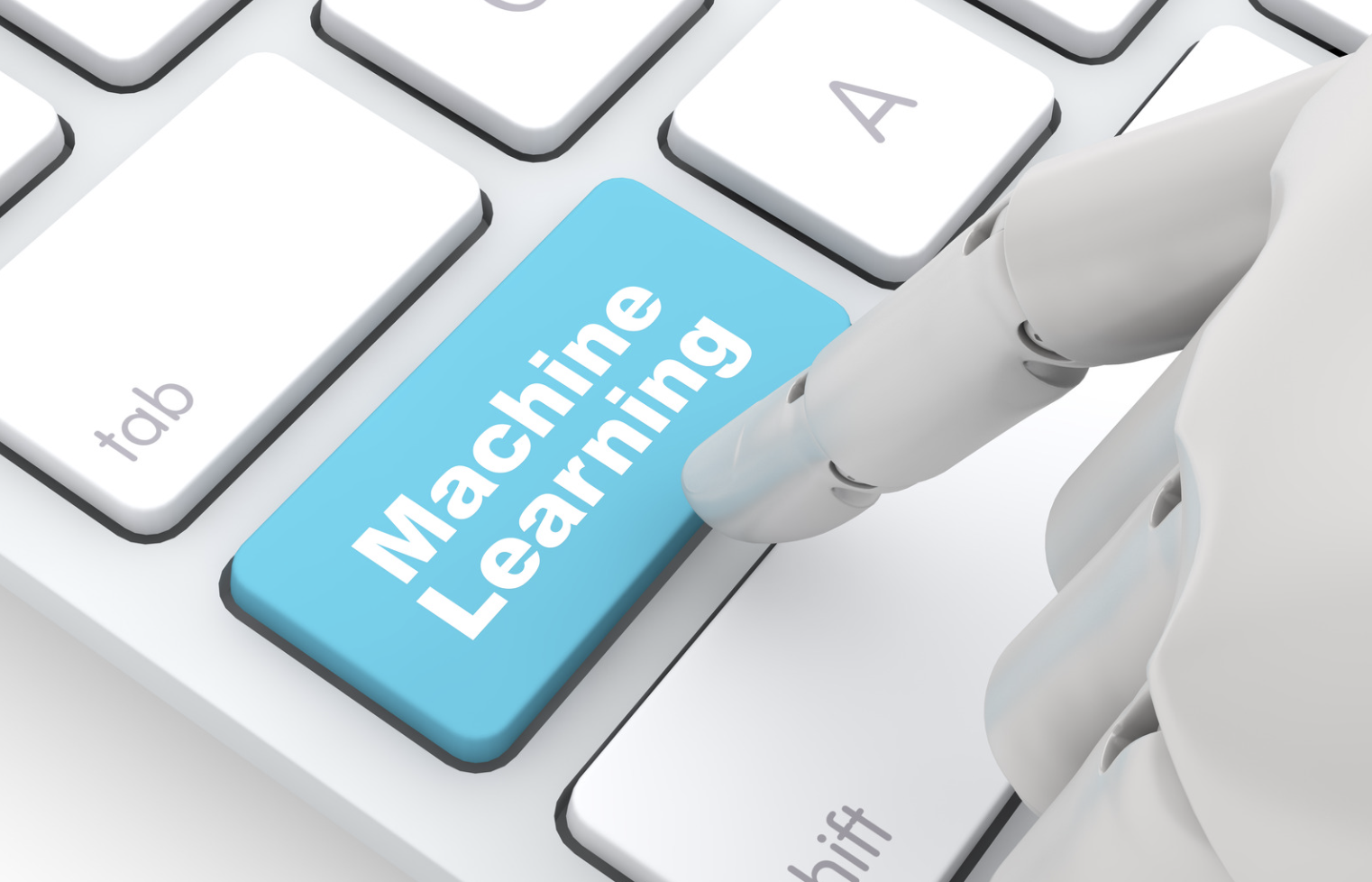In this continuation of our Machine Learning series, we build upon the foundational aspects discussed in Blog 1 'Cost Factors and Challenges in Machine Learning Projects' and further explore the MLOps strategies introduced in Blog 2 'Navigating the Complex Terrain of Machine Learning Operations'. For an in-depth understanding of the overarching context and cost considerations in machine learning, we recommend revisiting our initial blog in the series.
Building on our previous post, where we broke down the basics of Machine Learning Operations (MLOps) and how we at ASCENDING guide our clients through these processes, we delve deeper into this intriguing juncture of Machine Learning (ML) and operations.
Understanding the Initial Challenges: FinHub's Manual Operations:
Consider our case study of FinHub, a rising star in the Fintech industry. Like many companies making their entry into the field of ML, FinHub started with entirely manual operations. The scarcity of alterations or training in the model was a clear reflection of the organization's preliminary phase of ML application.
Here were some defining attributes of FinHub's operations at the onset:
- The entire pipeline, including data analysis, preprocessing, model training and validation, was handled manually with scripts and interactive steps.
- Discernible disconnect persisted between ML architects (data scientists) and implementers (engineers).
- ML models were substantially static, leading to infrequent release cycles.
- The company neither practiced Continuous Integration (CI) for code testing, nor did it have Continuous Deployment (CD) due to sporadic model deployments.
- Service delivery was limited to providing prediction services.
- Performance monitoring had no established system, and engineering teams had to manage their APIs, testing, and deployments separately.
Challenges that FinHub grappled with included sub-optimal real-world performance of risk models, inability of ML models to keep pace with evolving customer behavior data, and delayed deployment of ML-based fraud detection techniques because of the manual ML pipeline.
Recognizing these challenges, FinHub saw value in adopting robust MLOps practices. ASCENDING stepped in to enable Continuous Integration/Continuous Deployment (CI/CD), and Continuous Monitoring of their ML models.

MLOps Level 0
The transformation commenced with MLOps Level 1, where we focused on automation of ML pipelines, for efficient training and continuous delivery of model prediction service. Key interventions included rapid automatic execution of ML steps, continuous model training on live data, recurrent service of trained model as a prediction service, and more. Challenges at this phase holding back the pace of deploying new models based on fresh data necessitated the integration of CI/CD.
The journey then led us to MLOps Level 2 where ASCENDING integrated a rigorous automated CI/CD system. At this stage, FinHub saw a significant increase in the pace of model re-training and deployment. Our tailored provisions under this level comprised of iterative development, automated pipeline integration, pipeline continuous delivery deployment, and more supporting changes. At this juncture, data analysis and model analysis steps remained manual to maintain a granular control on these aspects.
ASCENDING's journey with FinHub exemplifies the significant transformation and enhancement that an advanced MLOps can bring to an organization. Your machine learning operations could tread on a similar path of elevation as well. Don't let your projects lag behind the curve; empower them with the edge they need. Get in touch with ASCENDING and uncover the potential we could unlock together for your business.
Yuan Zhao
Data Solution Architect
Ryo Hang
Solution Architect @ASCENDING
